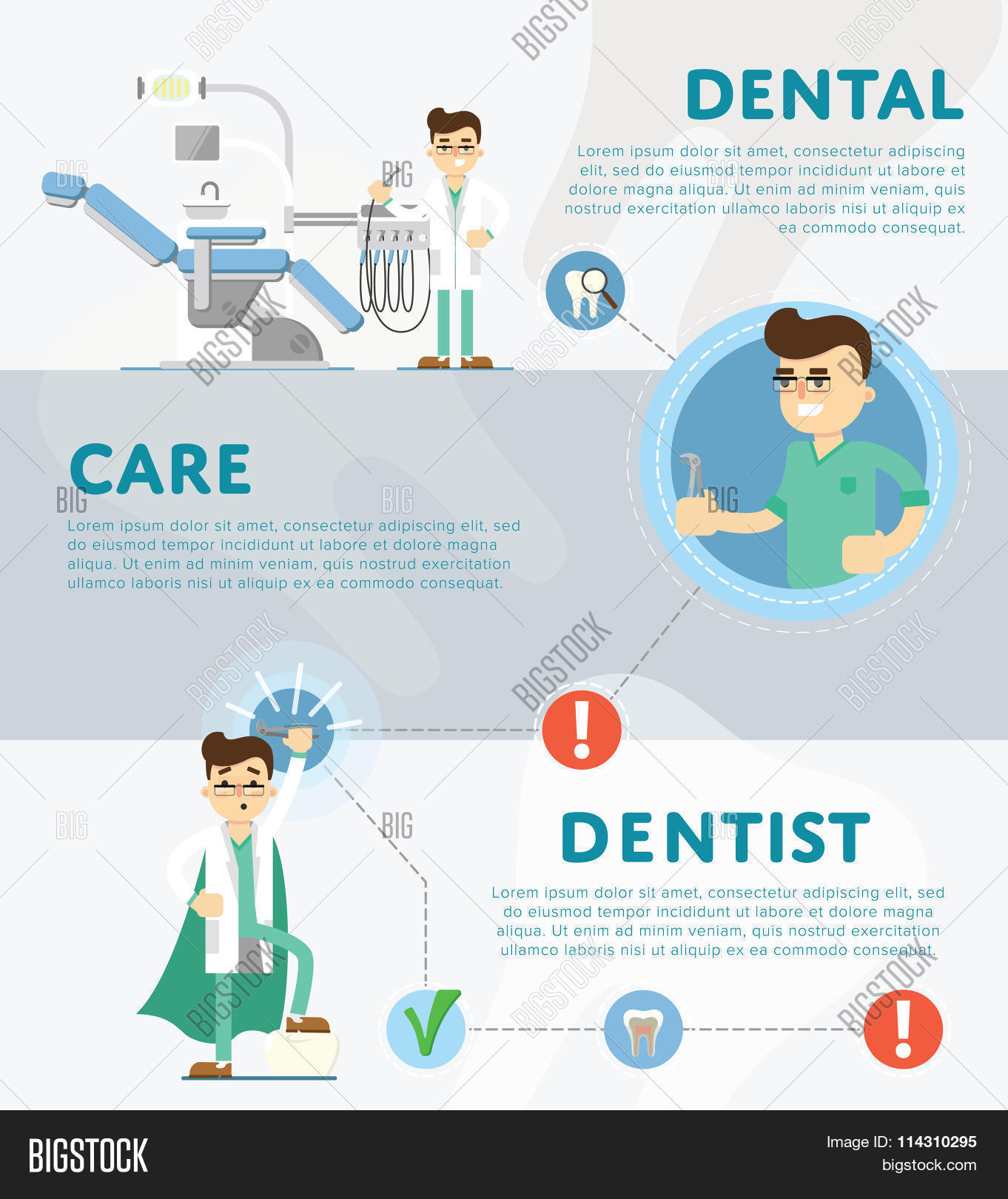Explore The Pioneering Advancements That Are Altering The Landscape Of Dental Surgery. Check Out The Future Of The Field And Ensure You Remain At The Center. Click Now For A Preview Of What Is Ahead
Explore The Pioneering Advancements That Are Altering The Landscape Of Dental Surgery. Check Out The Future Of The Field And Ensure You Remain At The Center. Click Now For A Preview Of What Is Ahead
Blog Article
Material Author-Bendixen Hessellund
Invite to the globe of oral surgery, where innovations and developments are forming the future of the field! In lakeway dentist , you'll witness the transformative power of robotics, the innovative marvel of 3D printing, and the game-changing impact of minimally invasive methods.
The future of oral surgery holds a pledge of precision, effectiveness, and enhanced individual results. With the help of sophisticated robotics, doctors have the ability to perform complicated procedures with better accuracy and control.
3D printing innovation is changing the creation of oral implants and prosthetics, offering customized solutions that fit effortlessly into each patient's unique composition.
Furthermore, minimally intrusive methods are minimizing post-operative discomfort and recuperation time, allowing patients to return to their every day lives faster.
Prepare to check out the exciting technologies and advancements that are improving the landscape of oral surgery!
Innovations in Robotics
One significant advancement in oral surgery is making use of robotic technology, which allows for exact and efficient operations. With the help of robot systems, oral doctors have the ability to carry out intricate surgeries with boosted accuracy, decreasing the danger of human mistake.
These robot systems are outfitted with innovative imaging technology and accurate instruments that enable cosmetic surgeons to navigate via elaborate physiological frameworks easily. By utilizing robot technology, surgeons can accomplish higher surgical accuracy, leading to boosted patient end results and faster recovery times.
In addition, making use of robotics in dental surgery enables minimally intrusive treatments, reducing the injury to surrounding cells and promoting faster recovery.
3D Printing in Dental Surgery
To improve the field of oral surgery, you can explore the subtopic of 3D printing in dental surgery. This ingenious technology has the prospective to transform the method dental doctors run and treat individuals. Right here are four crucial methods which 3D printing is forming the field:
- ** Custom-made Surgical Guides **: 3D printing permits the production of very exact and patient-specific surgical overviews, improving the precision and efficiency of treatments.
- ** Implant Prosthetics **: With 3D printing, oral specialists can develop customized dental implant prosthetics that completely fit a client's one-of-a-kind makeup, leading to far better results and person fulfillment.
- ** Bone Grafting **: 3D printing allows the production of patient-specific bone grafts, lowering the requirement for typical implanting strategies and boosting healing and recovery time.
- ** Education and Training **: 3D printing can be made use of to develop reasonable surgical versions for educational purposes, permitting oral surgeons to practice intricate treatments prior to doing them on individuals.
With its prospective to improve accuracy, personalization, and training, 3D printing is an amazing development in the field of oral surgery.
Minimally Invasive Methods
To further advance the area of oral surgery, embrace the possibility of minimally invasive strategies that can greatly benefit both surgeons and individuals alike.
Minimally intrusive strategies are reinventing the field by decreasing medical trauma, minimizing post-operative discomfort, and increasing the recovery process. These techniques include using smaller sized incisions and specialized tools to do procedures with accuracy and efficiency.
By utilizing advanced imaging innovation, such as cone light beam computed tomography (CBCT), surgeons can accurately plan and perform surgeries with marginal invasiveness.
In addition, the use of lasers in oral surgery permits exact cells cutting and coagulation, causing reduced blood loss and lowered healing time.
With minimally intrusive methods, clients can experience much faster recuperation, lowered scarring, and enhanced outcomes, making it an essential aspect of the future of dental surgery.
Final thought
So, as you can see, the future of oral surgery is incredibly promising, with amazing innovations and breakthroughs shaping the area.
From the innovations in robotics to the use of 3D printing and minimally invasive techniques, dental surgeons are reinventing the means they offer treatment.
While some may bother with the potential price connected with these developments, it's important to keep in mind that these innovations inevitably boost client results and decrease healing time, making them well worth the investment in the long run.
